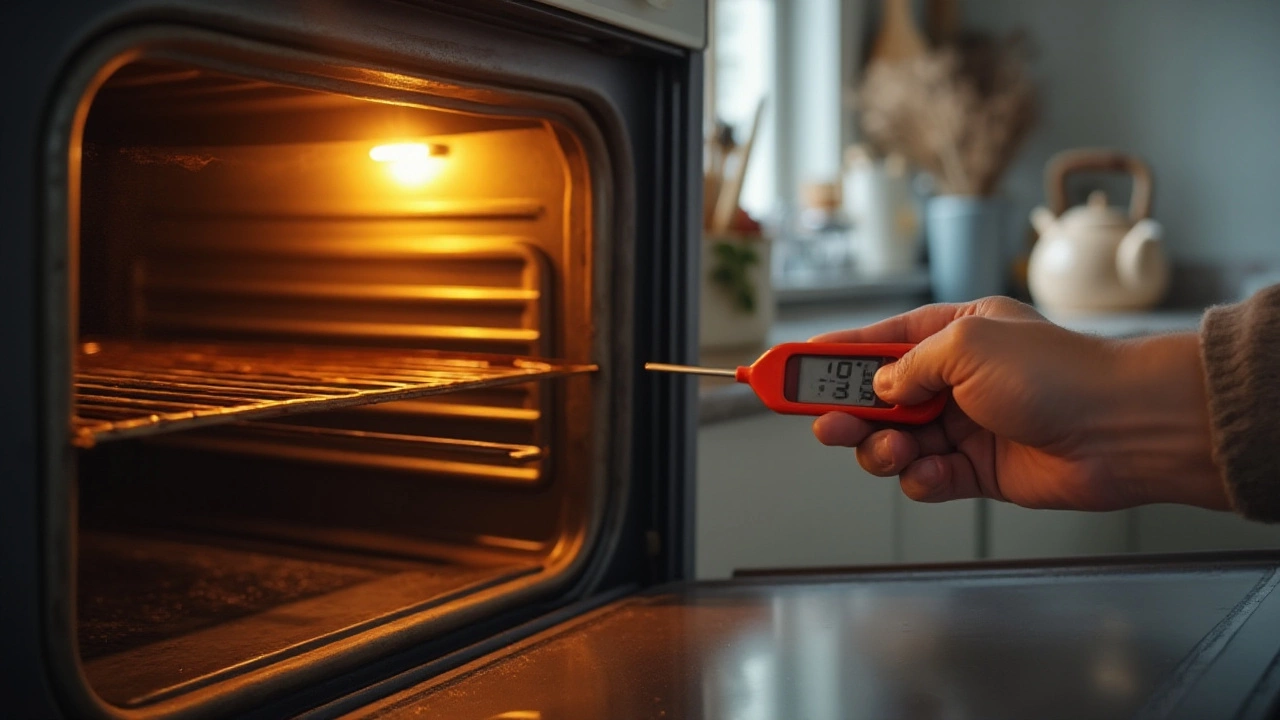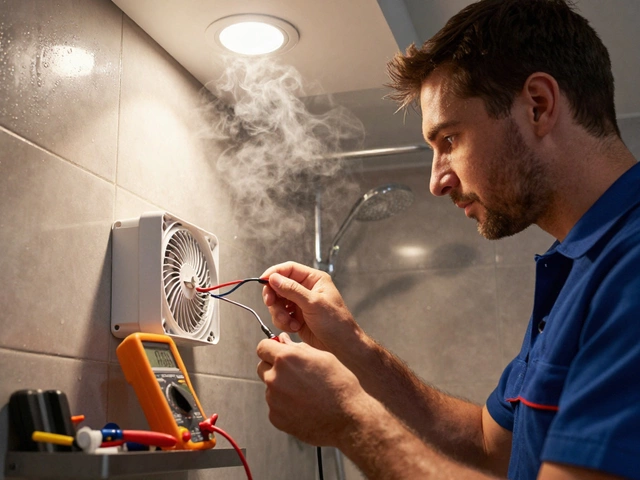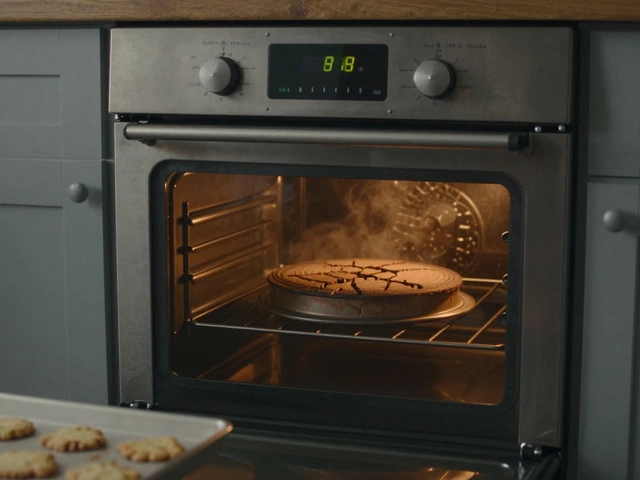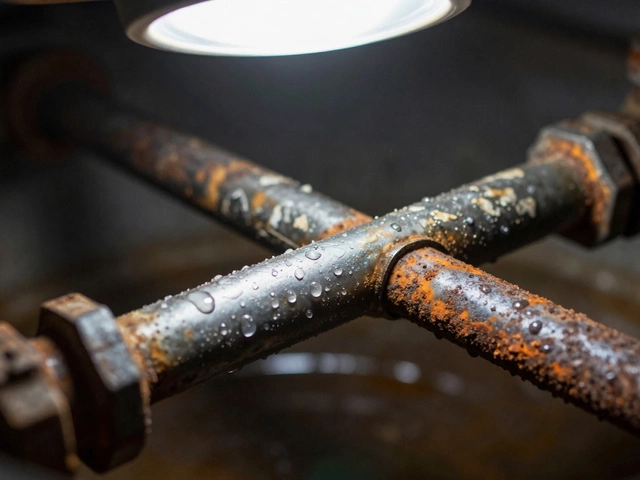DIY Fix: Simple Appliance Repair Guides for Homeowners
Got a humming fridge, a stubborn oven, or a washer that won’t spin? You don’t always need a technician. Most everyday appliance hiccups have a straightforward fix that you can handle with a few basic tools and a bit of patience. Below you’ll find practical steps, safety reminders, and the exact moments you should stop and call a professional.
Essential Tools for DIY Repair
Before you start pulling screws, gather a small kit. A good screwdriver set (both flat‑head and Phillips), a set of pliers, a multimeter for checking power, and a flashlight are the basics. A wrench set helps with water‑related appliances, while a nut driver can speed up work on newer models. Keep a notebook for jotting down model numbers and any error codes you see – this saves time if you later need a pro.
Safety first: always unplug the appliance or turn off the circuit breaker. For gas‑powered units, shut the gas valve. A quick check for live wires with a multimeter can prevent nasty shocks. If anything feels uncertain, pause and call an expert – better safe than sorry.
Common Fixes You Can Do at Home
Fridge not cooling – Start by cleaning the condenser coils. Dust builds up and forces the compressor to work harder, dropping performance. Pull the fridge away from the wall, unplug it, and use a coil brush or vacuum to remove debris. Next, check the door seals for cracks; a simple warm‑water test (place a hand on the seal, close the door, and feel for cold air) tells you if the gasket needs replacing.
Oven won’t heat – Many electric ovens use a heating element that can burn out. Remove the back panel, locate the element, and use a multimeter to test continuity. No continuity means the element is dead and should be swapped for a new one. If the oven still won’t heat, the thermostat or temperature sensor could be the culprit – both are inexpensive and easy to replace.
Washing machine won’t spin – First, verify the load isn’t unbalanced. Too many heavy items can trigger the safety lock. If the load looks fine, inspect the lid switch (top‑loaders) or door lock (front‑loaders). These switches stop the spin cycle if the door isn’t sealed properly. A multimeter will tell you if the switch is functional. Replacing a faulty switch often restores the spin cycle.
Dishwasher leaking – Check the door gasket for tears or food buildup. Clean it with a soft brush and warm soapy water. Next, examine the spray arm for clogs; a toothpick can clear out trapped debris. If the leak persists, the issue may be a loose hose or a worn‑out pump seal – both are quick swaps with basic hand tools.
These fixes cover the most common glitches you’ll meet in a typical household. The key is to stay systematic: diagnose, test, replace, and re‑test. When you document each step, you avoid repeating work and you’ll have a clear story to share with a technician if needed.
Remember, DIY repair saves money and gives you confidence, but it’s not a race. Take your time, follow safety checks, and don’t hesitate to call a pro if the problem feels beyond your comfort zone. With the right tools and a little know‑how, most appliances stay in action longer, and you’ll skip that expensive service call.
8 October 2024
·
0 Comments
If your oven isn’t heating properly, there might be an issue with the oven element. From visible physical damage to malfunctioning temperatures, identifying a broken oven element can be straightforward. This article provides useful tips and insights to help you confirm if your oven element is faulty and offers basic guidance on what to do next. Whether it's for troubleshooting at home or preparing for a repair, understanding the signs of a broken element is essential. Stay safe and informed while dealing with any kitchen appliance repairs.
Read more






